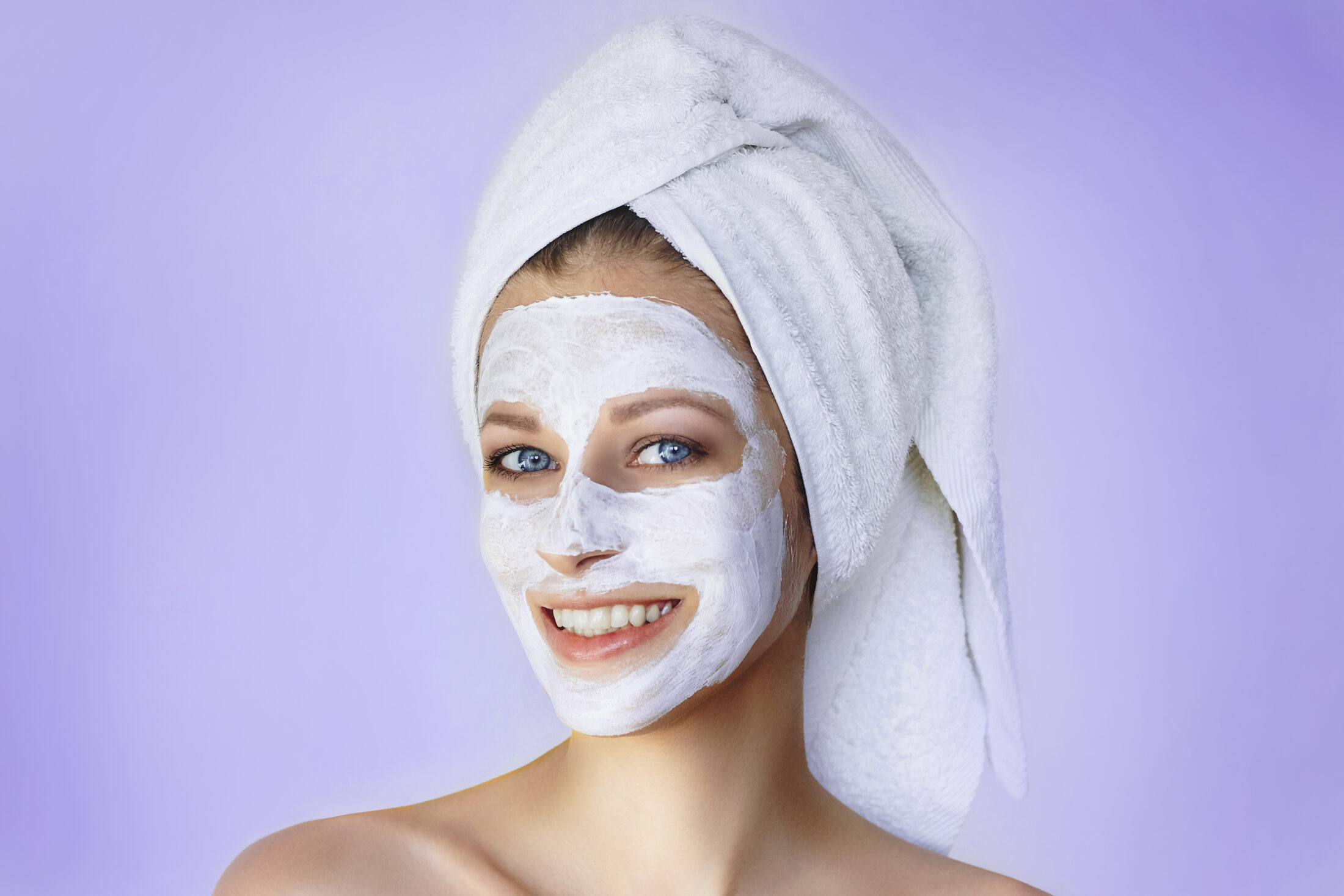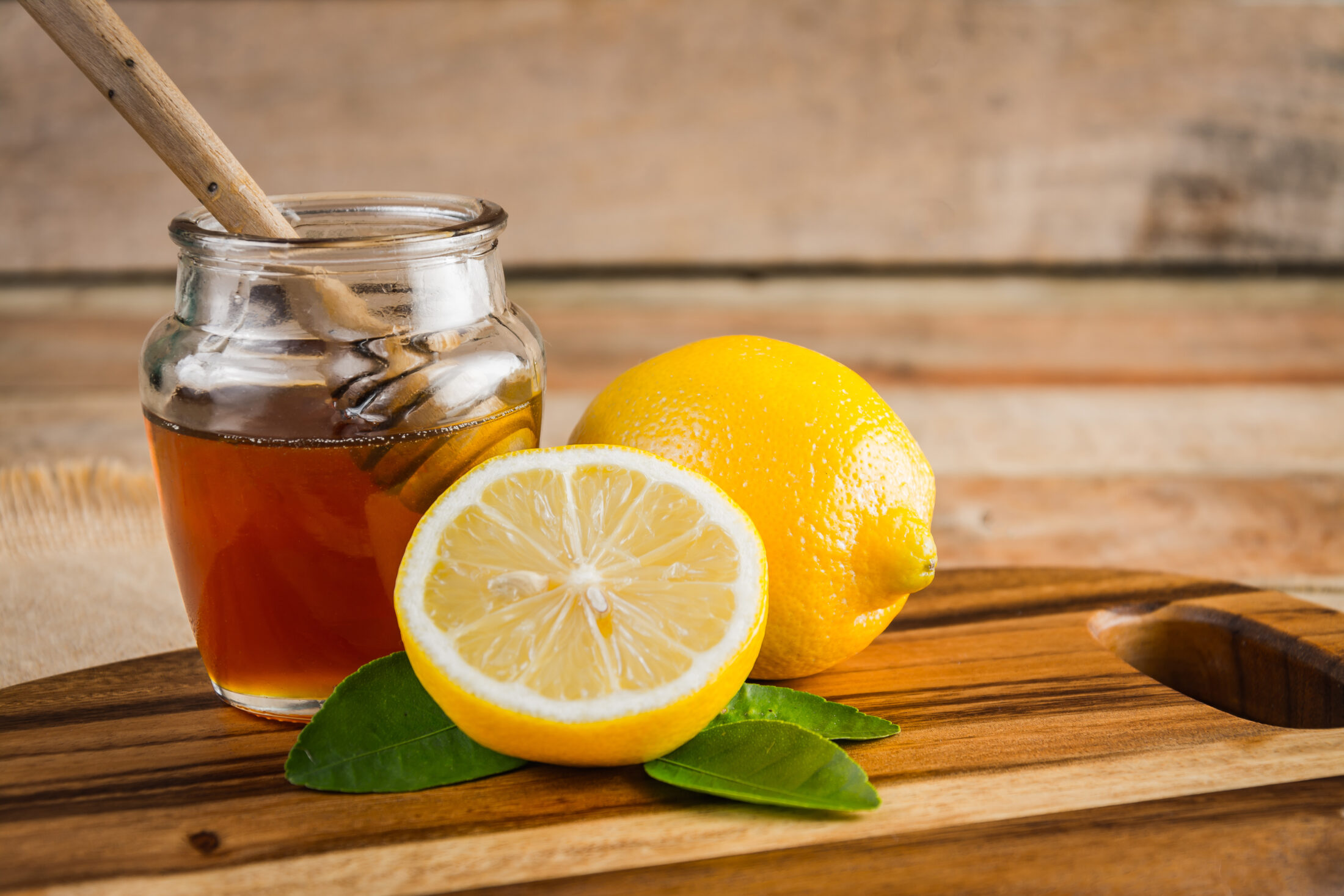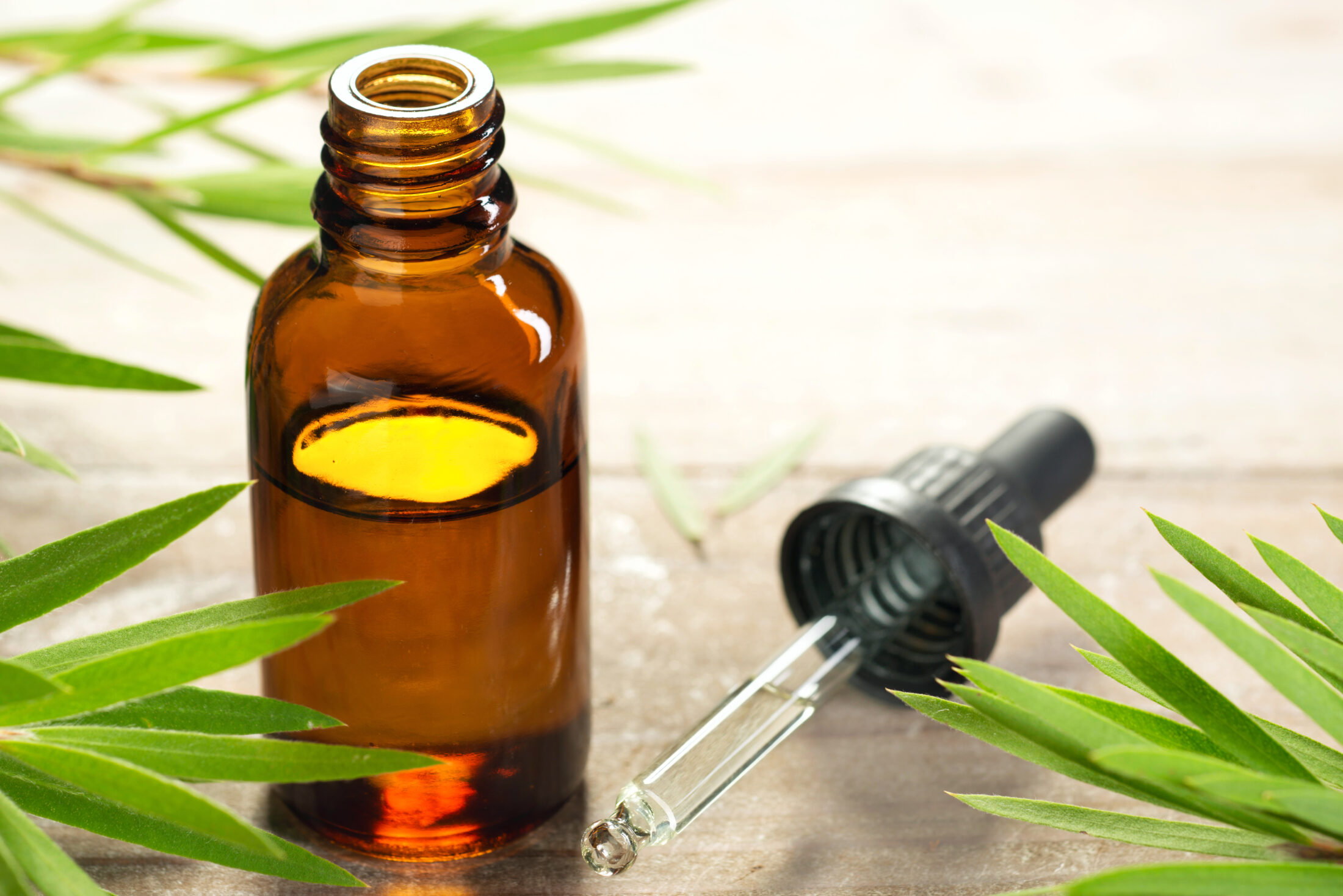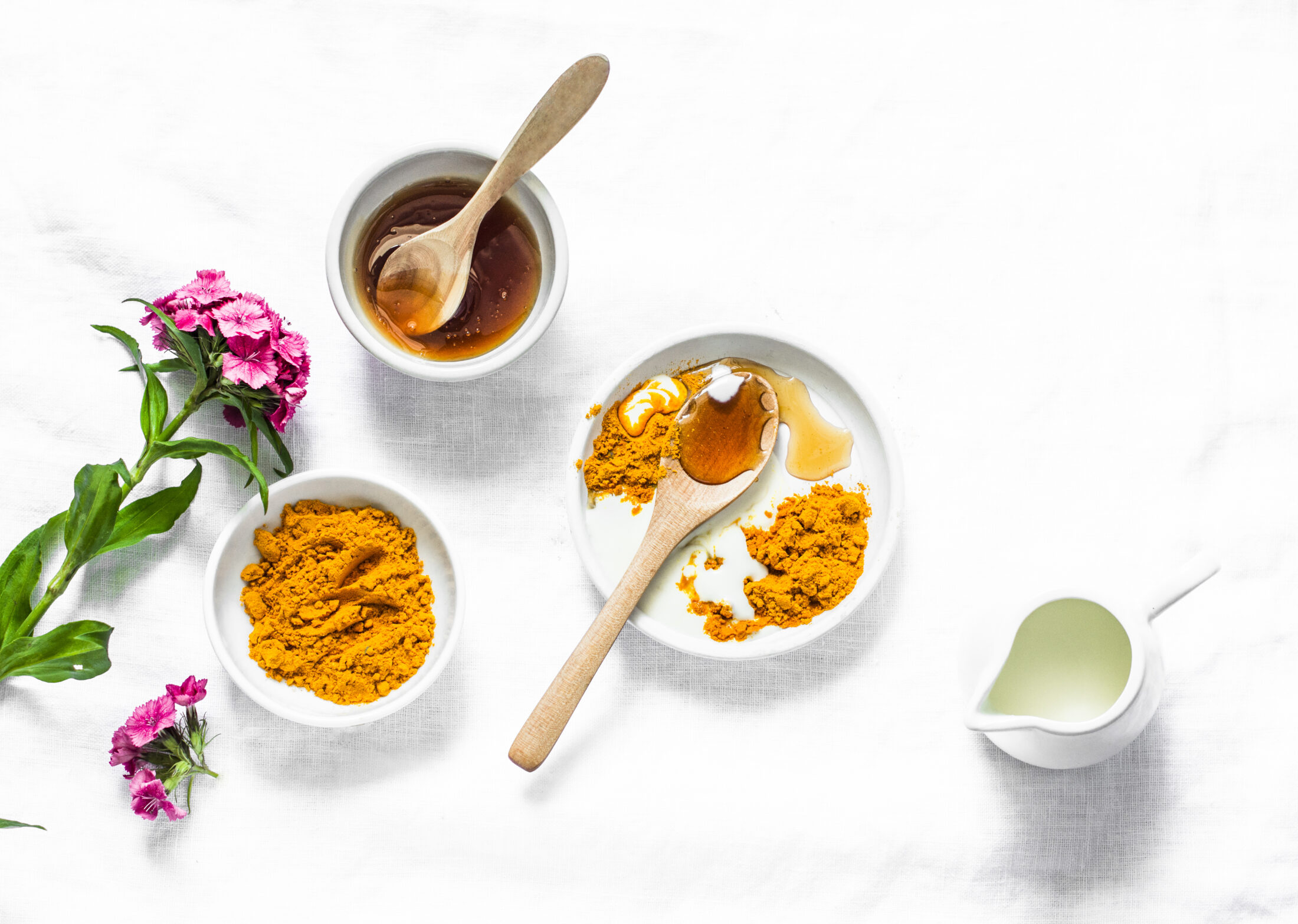Simple face masks to make at home, featuring the most potent, natural acne-fighting ingredients.
 We like to call our skin care routine our me-time, but we know how tasking it can get if you’re fighting acne on the daily. It’s time to bring those stress levels down and tackle pesky pimples with what we do best: face masking! We’ve curated 10 DIY face masks for acne to bust those breakouts and also balance skin to help keep it clarified for the long run.
We like to call our skin care routine our me-time, but we know how tasking it can get if you’re fighting acne on the daily. It’s time to bring those stress levels down and tackle pesky pimples with what we do best: face masking! We’ve curated 10 DIY face masks for acne to bust those breakouts and also balance skin to help keep it clarified for the long run.
Benefits of face masks for acne
It takes powerful ingredients to get rid of stubborn acne. But the reality is that conventional acne treatments are often too harsh on the skin. They contain skin-stripping ingredients that lead to unpleasant flakiness and even trigger your skin to overproduce oil to compensate (which means more acne!).
Fortunately there’s a range of natural ingredients that are proven to help fight acne. Many are antibacterial and anti-inflammatory, giving you all the tools you need for your treatment. Plus, they’re safer to apply on skin. Stick them in a face mask, lie back for 10 minutes, and your skin will benefit from the active properties for longer. You can easily add them to your own DIY face mask for acne made from ingredients at home—no more being caught off guard!
How to apply a face mask
Wash your face
Cleansing is an important step in treating and preventing acne. It clears makeup, bacteria, oil, and dead skin cells from your pores. Cleansing will also allow your skin to better absorb face mask ingredients.
Steam your skin
Facial steaming encourages your pores to open up, while softening skin to release blackhead plugs and other debris. It also promotes circulation, bringing more blood and oxygen to your skin to enhance repair and recovery. Soak a towel in hot water and apply it over your face once it cools down to a warm temperature. Showering in warm water should also do the trick.
Apply the mask
Apply the paste evenly over your face with clean hands. Thoroughly massage the mask in circular motions for a few minutes to promote circulation, absorption, and exfoliation. Now lie back and relax for the next 10-15 minutes (depending on how sensitive your skin is), and let the mask work its magic!
Note: If you have sensitive skin, you might want to patch test your face mask first before applying.
Rinse and moisturize
Rinse off the mask with warm water, using a facial sponge or cotton pad to help remove the residue. End with a natural moisturizer for your skin type to seal nutrients and hydration into your skin, and protect it against further infection.
10 DIY face masks for acne
These face masks feature some of our favorite anti-acne ingredients. We’ve chosen raw honey as a base ingredient for its natural antimicrobial and moisturizing properties. Some of these face masks also star jojoba oil—a non-comedogenic oil that absorbs easily into skin without clogging pores.

Cinnamon and honey mask
This face mask sounds like a tasty baked treat, but cinnamon bark and honey have been proven to help fight acne-causing bacteria. Applying cinnamon also helps improve circulation to encourage healing, while honey reduces inflammation.
Ingredients
1 teaspoon of cinnamon powder
2 tablespoons of raw honeyCinnamon and honey mask recipe
Mix the ingredients together into a blended paste in a clean bowl, and massage into your skin. If it’s your first time applying cinnamon to your skin, rinse off the mask thoroughly after 8 minutes.
Note: Cinnamon is an extremely potent ingredient, so it’s better to measure out less of it, and apply this mask only once or twice per month. You might notice some redness as the cinnamon increases your circulation. Sensitive skin types might want to stick to May Lindstrom’s cinnamon and nutmeg mask instead.

Green tea face mask
There are so many odes to be sung to the benefits of green tea for skin, and one is its remarkable acne-fighting properties. Green tea also helps to balance oily skin by reducing sebum production, making it a must for oily skin types.
Ingredients
1 teaspoon of matcha green tea
1 tablespoon of raw honey
2 teaspoons of jojoba oilGreen tea face mask recipe
Blend the ingredients together in a clean bowl, and gradually add drops of hot water to create a smooth paste. Massage the mixture onto your face, and rinse after 15 minutes.Not a fan of mixing your own matcha powder? Try NDC Beauty’s Matcha Face Mask instead for the ultimate skin soothing.

Lemon face mask
Ever heard of the lemon juice cleanse? There’s some sense to that for skin. Citric acids in lemons are powerful against acne-causing bacteria, and have found to be more effective than conventional acne cleansers. Lemon also helps to brighten skin and dark spots, making this face mask ideal for tackling blemishes.
Ingredients
1 teaspoon of lemon juice
2 tablespoons of raw honeyLemon face mask recipe
Mix the ingredients in a bowl and apply to your face, making sure to avoid your eye area (or it will sting!). Allow your skin to soak in the mask and rinse after 10 minutes. Follow up with a natural sunblock the next day. Use no more than once a week.Note: Lemon can cause photosensitivity, so make sure to only apply this face mask at night and use SPF the next day! For more stubborn cases of acne, you might benefit from the alpha hydroxy acids in Juice Beauty’s Green Apple Blemish Clearing Peel.

Tea tree face mask
Tea tree oil is definitely up in there as one of the best natural anti-acne ingredients. Tea tree oil is a potent antimicrobial that’s been used for hundreds of years, making it ideal for cystic acne that’s caused by serious bacterial infection.
Ingredients (adapted from Beautymunsta)
2 tablespoons of aloe vera gel
1-2 drops of tea tree oilTea tree face mask recipe
Mix the ingredients and apply evenly on face. Avoid the eye area and mouth as tea tree oil is actually toxic when ingested. Rinse off face after 8 minutes and follow with a moisturizer. Use no more than once or twice a week.Note: Tea tree oil is more gentle than synthetic chemicals like benzoyl peroxide, but it can still be too drying for sensitive skin types. If you’re unsure about the amount to apply, try an anti-acne sheet mask with tea tree for a safe concentration.

Turmeric face mask
Curcumin is turmeric’s main active component that’s a powerful antioxidant with anti-inflammatory, healing, and therapeutic effects against acne. Turmeric is actually often combined with honey as a drink to help fight colds, making it soothing to use on skin as well.
Ingredients (adapted from Mommypotamus)
1 teaspoon of turmeric
1 tablespoon of raw honey
2 teaspoons of jojoba oilTurmeric face mask recipe
Mix the ingredients together, and use a large makeup brush to apply on your face to avoid staining your fingernails. Relax with the mask for 15 minutes, then rinse off with lukewarm water. You can remove residue turmeric with a cotton pad dipped in jojoba oil.Prefer to avoid the mess? Cocovit has a turmeric face mask already made and ready to use!

Lavender face mask
We all know how therapeutic the scent of lavender essential oil is, and how useful it is in many home remedies. Lavender oil aromatherapy aids in stress relief and improving quality of sleep, helping to balance your sebum production and lessen your chances of an outbreak. Its antibacterial properties are comparable to those of tea tree oil, making it a potent natural remedy for acne relief.
Ingredients
2-3 drops of lavender essential oil
2 tablespoons of raw honeyLavender face mask recipe
Combine the ingredients in a bowl, then massage the mixture into your face, enjoying the soothing scent of lavender as you do so. Take deep breaths in and out, focusing on the therapeutic aroma for a stress-fighting session. Rinse after 15 minutes.Enjoy herbal remedies? You can also find lavender in this herbal mask from Sage and Stone to help treat oily and acne-prone skin.

Thyme face mask
Thanks to its anti-inflammatory and antimicrobial properties, thyme has been found to have promising potential in fighting acne. Thyme oil is actually a common active ingredient in mouthwashes to help disinfect and remove odor-causing bacteria. It’s safe enough to use in a DIY face mask for acne.
Ingredients (adapted from Filmore and Union)
1 teaspoon of crushed thyme leaves (or 2 drops of thyme essential oil)
2 teaspoons of raw honey
2 teaspoons of aloe vera gelThyme face mask recipe
Mix the honey and aloe vera together in a bowl, then add in the crushed thyme leaves or essential oil. Use a smaller amount of thyme if you have sensitive skin, or patch test a small amount on your skin. Rinse off the mask after 10 minutes.No thyme to crush your own leaves? Osea’s Red Algae Mask contains thyme oil to help clarify skin and unclog pores.

Rose face mask
Dealing with uneven bumps and blotches of red skin? Rosewater is an antibacterial ingredient with powerful anti-inflammatory properties. That means it helps to fight acne while soothing and hydrating. Just what you need for your skin to calm down and heal, and help ward against acne scars.
Ingredients (adapted from Baremetics)
1 teaspoon of bentonite clay
1 tablespoon of rosewater
2 drops of lavender oilRose face mask recipe
Add rosewater to bentonite clay in a bowl and mix. Blend in 2 drops of lavender oil. Add more clay or rosewater to adjust for a smooth paste. Apply evenly on face. When the mask starts to lose moisture, promptly rinse off before it completely dries.Rosewater beautifully complements other anti-aging skin ingredients for a more toned complexion, and you can find them in this rosewater mask from Andalou.

Sage face mask
Sage is another powerful herb you should try in your beauty regime. Thanks to its high content of ursolic acid, sage has anti-inflammatory properties that are more potent than non-steroidal anti-inflammatory drugs (NSAID). Ursolic acid has also been shown to have anti-acne effects, making sage a must-have ingredient for soothing and reducing acne.
Ingredients (adapted from Homemade Face Mask Recipes)
1 tablespoon of raw honey
2 teaspoons of jojoba oil
1 teaspoon of crushed sage leaves (or 2 drops of sage essential oil)Sage mask recipe
Blend raw honey and jojoba oil in a clean bowl, then add sage essential oil. Mix until you form a soft paste. Apply onto face with fingers and leave on for 12 minutes. Rinse with warm water.Love the scent of sage in this mask? Tata Harper’s Clarifying Mask is made with a base of sage extract to help restore skin to a balanced complexion.

Chamomile face mask
Still in the early stages of a breakout? Chamomile is one of the most soothing ingredients for skin, and can be used to help prevent acne from becoming inflamed and causing pimples. It’s a gentle ingredient that can be used throughout an acne treatment regime to help prevent against recurring infection and cystic acne.
Ingredients
1 tablespoon of dry chamomile or 1 chamomile tea bag
1 tablespoon of raw honey
2 drops of lavenderChamomile face mask recipe
Prepare the chamomile tea with boiling water and let it cool to a lukewarm temperature. Add it to the rest of the ingredients until it forms a creamy mixture. Rinse after 15 minutes. The great thing about chamomile is that it’s extremely gentle and soothing on skin, so you can mix and match it with other ingredients to make a face mask to your liking!Want to skip the brewing? Chamomile is the star ingredient in this detoxing face mask from Laurel.
Homemade face masks are the perfect way to relax while also providing a deep treatment for acne. The best part is that you can customize recipes to your skin type, all with ingredients found on your typical groceries list. Just make sure to first patch test ingredients and pick out the ones that work best for your skin. Do you have a favorite recipe? We’d love to hear about your experiences!

